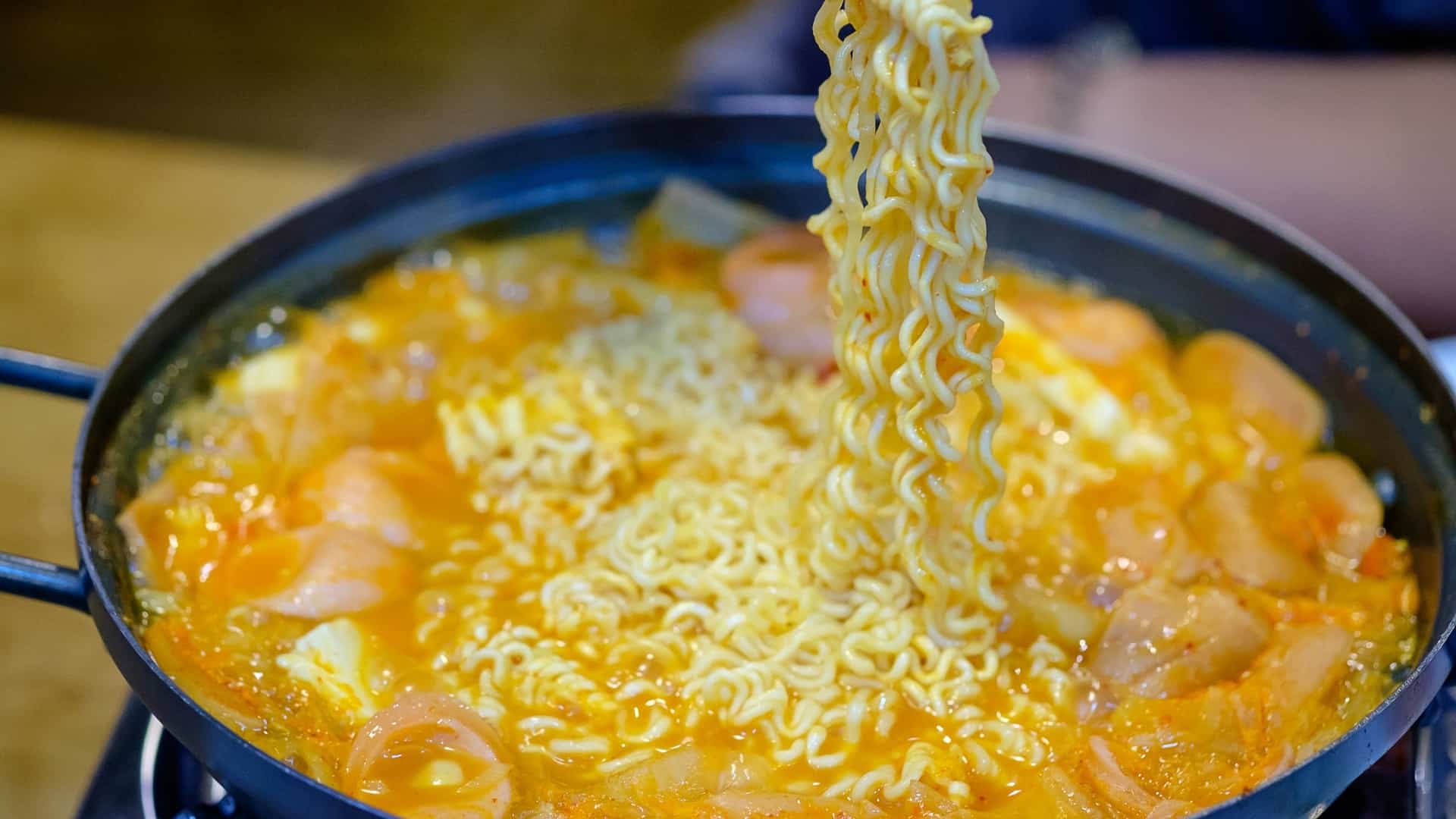How Often do Korean Eat Ramen? Let’s find out
Ramen – a dish often synonymous with Japanese cuisine has found likelihood in every part of the world.
From fine dining experiences to everyday home cooks, the dish is well-rooted in several cultures.
However, even though the dish was popularized by the Japanese and introduced by the Chinese, the country known to consume the most ramen in the world is South Korea.

This might be an appropriate time to clarify something: Koreans refer to ramen as ramyun, a Korean variant of instant noodles. Owing to that definition, they also do not view the dish as being Japanese, albeit inspired by them for sure.
However, the question is: How often does an average Korean eat ramen or ramyun?
(For this article, we’ll refer to ramyun and ramen as one, even though ramen is most often referred to as the Japanese fresh ramen).

Check out our new cookbook
Bitemybun's family recipes with complete meal planner and recipe guide.
Try it out for free with Kindle Unlimited:
Read for freeThe Demographic
According to research, there are 25 billion annual sales of instant noodles in Korea. The average Korean consuming about 76 packets of instant noodles every year.
Although the dish is widely popular across the country, the demographic that’s most acquainted with would be people from their mid-teens the to late twenties, the students.
There are several reasons for this:
- Instant ramen is seen as a quick and easy meal to prepare
- Boiling ramen takes 8 minutes to prepare (maximum)
- Instant cup ramen takes less time
- Instant ramen is supplied in several flavors
- Manufacturers make it an ‘all in one’ meal with a styrofoam cup, a fork, and toppings
Also read: Korean kimbap vs Japanese onigiri, two different rice dishes
Is This a Problem?
The short answer would be: Yes, it is a problem. However, there are several reasons why this answer can not be construed as an appropriate one.
Anything that had been eating in excess could be seen as a problem. Therefore a better question would be: Is eating ramen bad?
Again, the answer would be yes. Why? Instant ramen is different than traditionally prepared ramen where the noodles are prepared from scratch and the broth is allowed to simmer for hours.
Instant ramen is pretty high in sodium, fat, and carbohydrates. A typical packet of instant ramen or ramyun contains:
- Calories: 240
- Total Fat: 7g
- Sodium: 1040mg
- Total Carbohydrates: 38g
- Protein: 5g
Also read: this is sushi vs Korean Kimbap
Conclusion
In conclusion, South Koreans are known to consume the most ramen anywhere in the world. Their obsession with ramen is mostly because it can be prepared instantly.
However, instant ramen is high in sodium and calories making it an unsafe eating choice.
Also read: this is the difference between Japanese and Korean ramen
Check out our new cookbook
Bitemybun's family recipes with complete meal planner and recipe guide.
Try it out for free with Kindle Unlimited:
Read for freeJoost Nusselder, the founder of Bite My Bun is a content marketer, dad and loves trying out new food with Japanese food at the heart of his passion, and together with his team he's been creating in-depth blog articles since 2016 to help loyal readers with recipes and cooking tips.
